What is Aroace? Understanding Asexual and Aromantic Identities
By Peter Vanderbuild
January 10, 2024 • Fact checked by Dumb Little Man
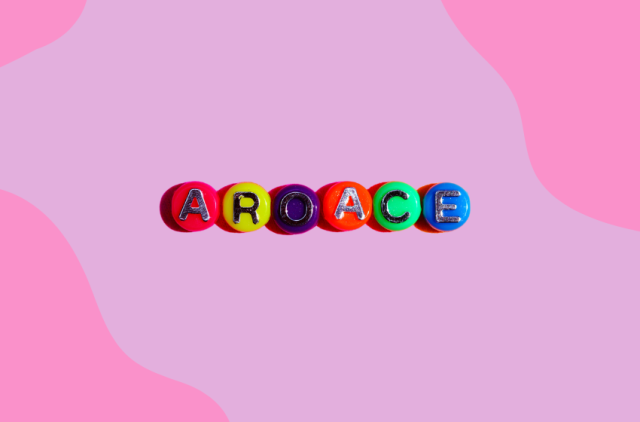
As our understanding of human identity evolves, our language expands to encapsulate a broader range of experiences. In the rich tapestry of human sexuality and romantic orientations, one term that has emerged to represent a specific experience is “aroace“. This term, gaining increased recognition in contemporary discourse, refers to a unique intersection of identities that challenges conventional perceptions of attraction and relationships. But what does it mean to identify as aroace?
Understanding Asexuality and Aromanticism
Asexuality
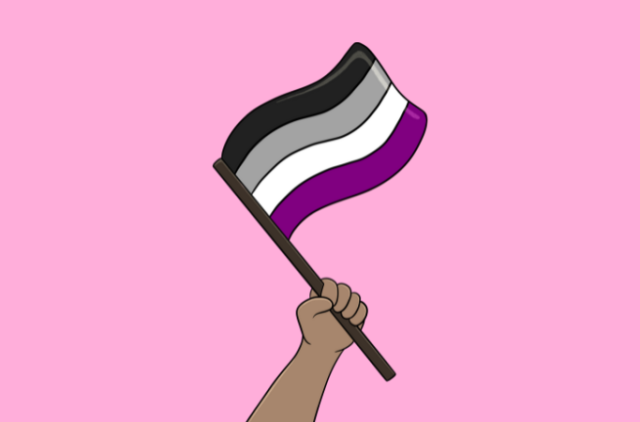
At the heart of asexuality lies a distinctive experience: the absence, or at times the infrequency, of sexual attraction towards others, irrespective of their gender. However, this definition merely serves as the starting point for understanding asexuality. The absence of sexual attraction does not necessarily equate to a lack of sexual activity or an absence of sexual relationships. It is a common misconception that an asexual person is averse to sexual contact or does not engage in sexual activity.
Asexual individuals may partake in sexual activity for numerous reasons that extend beyond the bounds of personal sexual desire or attraction. For instance, they might participate in sexual activity to foster a strong emotional bond with their partner or to satisfy their partner's sexual needs, despite their lack of personal sexual attraction.
The ace spectrum is incredibly diverse, with people experiencing varying degrees of asexuality. Some individuals, often referred to as “grey asexual” or “greysexual”, may experience sexual attraction infrequently or with low intensity. These instances of attraction, while rare or mild, contribute to their unique experience of asexuality. On the other end of the spectrum are those who identify as sex-repulsed. These individuals typically have an aversion to sexual activity, and in some cases, even to sexual contact, highlighting the breadth of experiences within the asexual community.
Aromanticism
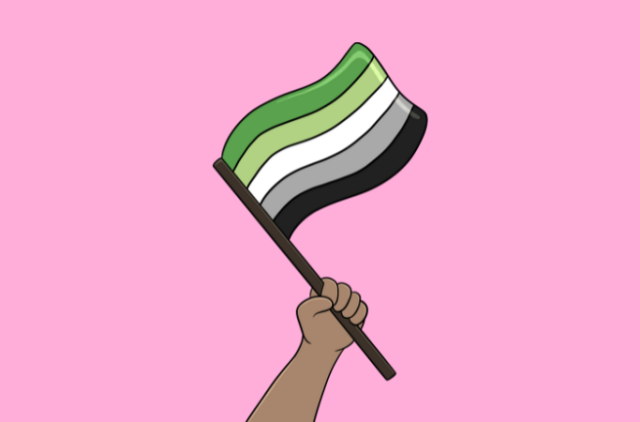
In contrast to asexuality, aromanticism pertains to the absence of romantic attraction, regardless of gender. Aromantic individuals do not typically harbor the desire for a romantic relationship. This, however, should not be misconstrued as an incapability to form deep, meaningful relationships.
Aromantic individuals often cultivate strong platonic relationships. They experience love, but it isn't the romantic love that society often prioritizes. Instead, their love manifests in strong emotional connections with friends, chosen family, or biological family.
These bonds, devoid of romantic attraction, form the basis of their fulfilling, non-romantic relationships. Just like asexuality, aromanticism is not monolithic. Individuals might experience alterous attraction, a form of emotional attraction that falls outside the traditional dichotomy of romantic and platonic feelings. Others might fall under the grey romantic umbrella, experiencing romantic attraction rarely or under specific circumstances.
Aromantic and asexual identities, while unique in their own right, often intersect. Individuals who identify as both asexual and aromantic—referred to as aroace—navigate both these identities in their unique ways. Through this exploration, they contribute to the rich diversity of human experiences in sexuality and romanticism.
>> Also Read: The Science of Love: Exploring the Chemistry Behind Romantic Relationships
Delving Into the Aroace Identity: A Spectrum of Experience and Attraction
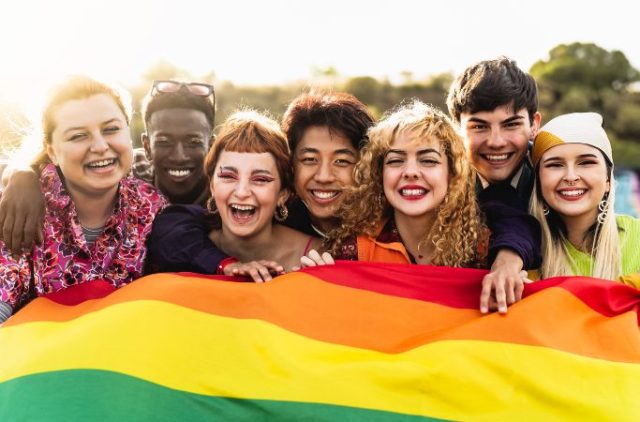
Aroace individuals, defined by their absence of both romantic and sexual attraction, contribute to the intricate tapestry of human identity. However, the lack of romantic and sexual attraction does not render them incapable of forming profound and personal relationships.
The strong emotional bond or attachment they often feel towards others reflects the capability of aroace individuals to form deep connections. Still, these connections do not typically translate into the desire for romantic or sexual relationships.
Aroace individuals may also navigate a spectrum of other forms of attraction, some of which are more commonly understood within the ace and aro communities. Sensual attraction, for example, refers to the desire for non-sexual physical contact, such as hugging, cuddling, or touching. This form of attraction is detached from sexual desire and underscores the human need for physical intimacy beyond the sexual realm.
Another form of attraction often experienced by aroace individuals is alterous attraction. This term, gaining recognition within the ace and aro communities, describes a form of attraction that does not fit neatly within the conventional boundaries of platonic and romantic attraction. It signifies an emotionally intense connection that challenges traditional categories of relationships.
One term that has emerged within the aroace community to define these connections is queerplatonic relationships. These relationships represent a type of non-romantic bond where there is an intense emotional connection that transcends societal expectations of friendship. Queerplatonic relationships, while not romantic, offer a deep, emotional bond that rivals the intensity of a romantic relationship.
The Aroace Experience in Society and Culture
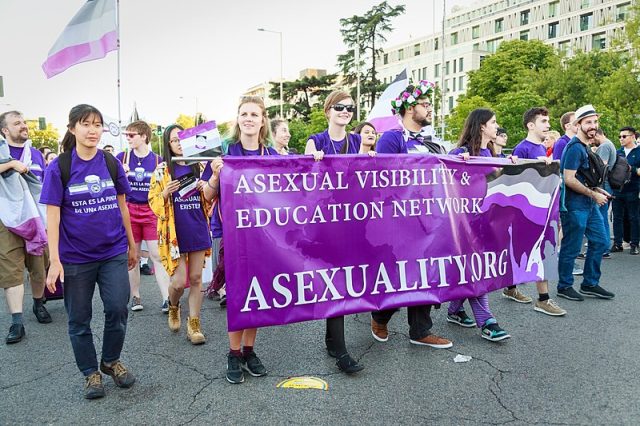
In the vast realm of sexual orientations and romantic identities, the aroace identity is a relatively recent concept that disrupts traditional societal norms. The aroace experience can often be invalidated or misunderstood due to the prevailing societal emphasis on romantic and sexual relationships. This underscores the importance of representation, visibility, and understanding for aroace individuals.
One such initiative is the Asexual Awareness Week, observed every October. This event serves as an opportunity for the ace community to promote education and understanding of ace identities, including the aroace experience. The week-long observance emphasizes the importance of visibility for asexual and aromantic identities, fostering a more inclusive society.
Symbols like the aroace pride flag, as well as the individual aromantic and asexual flags, play a significant role in fostering visibility and representation. These flags serve as tangible expressions of community identity, highlighting the diversity within and the intersection of these identities.
Numerous asexual groups and networks function as essential support systems for aroace individuals, providing both camaraderie and a sense of belonging. These platforms serve to empower aroace individuals, reaffirming their identities and experiences in a world that often overlooks non-sexual and non-romantic relationships. By promoting understanding and education, these networks contribute to a broader acceptance and recognition of aroace identities, thereby challenging societal norms and biases.
Differentiating Between Sexual and Romantic Orientations
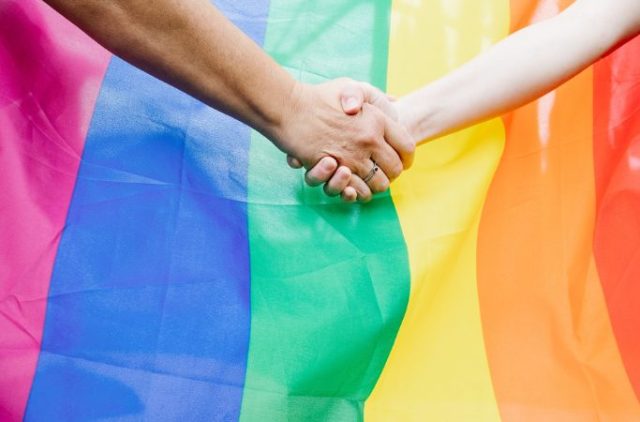
Sexual Orientation
Sexual orientation refers to the pattern of one's sexual attractions and behaviors towards different genders. Traditionally, the term has been associated with categories such as heterosexual, homosexual, and bisexual. However, as our understanding of human sexuality has evolved, the spectrum has broadened to include orientations like asexuality.
Asexual people, whether they are a part of the ace spectrum or identify strictly as asexual, do not generally experience sexual attraction or desire for sexual contact.
Romantic Orientation
Parallel to sexual orientation is the concept of romantic orientation, which reflects whom a person is romantically attracted to. Some people may desire a romantic relationship without necessarily feeling a sexual attraction.
Just as with sexual orientation, romantic orientation is diverse, extending beyond heteroromantic, homoromantic, and biromantic, to include orientations such as aromantic. Aromantic individuals, much like asexual people, often find themselves on a spectrum, with some individuals never feeling romantic attraction and others experiencing it under specific circumstances.
>> Also Read: Am I Ready for Love? Key Questions to Ask Yourself Before Starting a Relationship
The Aroace Experience

Being aroace is an experience that is as individual as it is collective. While a shared lack of romantic and sexual attraction may bind the aroace community, how individuals experience their aromantic asexuality can vary widely. Some aroace people may be sex-favorable, which means that they are open to or enjoy sexual activity, despite not feeling sexual attraction. Others might identify as sex-repulsed, expressing discomfort or lack of interest in sexual activity.
Similarly, while aromantic people don't typically experience romantic love, they can have strong emotional bonds with others. These bonds can manifest in close friendships, familial relationships, and other non-romantic relationships. Some aroace individuals form queerplatonic relationships, which are intense emotional connections that go beyond the boundaries of traditional friendships.
Understanding Aroace Identities: More Than an Absence of Attraction
While the defining feature of aroace identities is the absence of romantic and sexual attraction, understanding aroace people requires acknowledging the full breadth of their experiences. It's not simply about what is absent, but also about what is present: the unique ways in which aroace individuals form relationships, experience desire, and express their identity.
Aroace individuals may experience a strong emotional connection, even in the absence of sexual or romantic attraction. They might form close platonic relationships that provide them with a sense of connection and belonging.
In addition, many aroace individuals experience other forms of attraction, such as aesthetic attraction (attraction to someone's appearance without a desire for sexual or romantic engagement) or sensual attraction (the desire for physical, non-sexual contact).
Aroace individuals might also navigate the grey area, which refers to those who identify somewhere between sexuality and asexuality or romanticism and aromanticism. These individuals may experience attraction infrequently, or their attraction might be of low intensity. This adds another layer of complexity to the already diverse aroace experience.
Representation and Support: Aroace Communities and Advocacy

In recent years, advocacy for aroace representation has gained momentum, with numerous asexual groups, networks, and education networks working to increase visibility and understanding of aroace identities. The creation of the aroace pride flag and the celebration of events such as Asexual Awareness Week reflect this growing recognition.
The aroace community is a testament to the power of shared experiences and mutual support. Aroace individuals, despite their lack of representation in mainstream media, have formed supportive communities, both online and offline. These communities offer a space for aroace individuals to connect with others who share their experiences, providing a sense of validation and belonging.
The Journey to Understanding and Acceptance
Aroace identities challenge societal norms surrounding relationships, sex, and attraction, prompting a necessary reevaluation and expansion of these concepts. Understanding what it means to be aroace requires an open mind and a willingness to listen to the lived experiences of aroace individuals.
By fostering a deeper understanding of these identities, we can create more inclusive communities and support structures for aroace individuals. Despite the challenges, the growing visibility of the aroace community signals a step towards a more diverse and accepting society, where all forms of identity and attraction are celebrated.
Conclusion
In conclusion, being aroace means embodying both aromantic and asexual identities. It's a unique intersection of the asexual spectrum and the aromantic spectrum that is as diverse as it is complex.
The experiences of aroace individuals vary greatly, from those who desire sexual contact but not romantic relationships, to those who form intense emotional bonds without any feelings of romantic or sexual attraction. Their experiences and identities are a testament to the diversity of human relationships and attractions.
Understanding and respecting the aroace identity is an essential step towards embracing diversity and acceptance in our society. This goes a long way in helping aroace individuals feel seen, validated, and accepted. The journey of learning and understanding is continuous, but acknowledging the wide array of human experiences is a critical first step.
>> Also Read: Am I Demisexual? Understanding and Exploring Your Sexual Identity
FAQs: What is Aroace?
Can aroace individuals still form deep and meaningful relationships?
Yes, aroace individuals are fully capable of forming deep and meaningful relationships. While they typically do not experience romantic or sexual attraction, they often establish strong emotional bonds with others.
These bonds can manifest in various forms of relationships, such as familial, chosen family, or queerplatonic relationships. The latter term is used within the aroace community to describe non-romantic relationships that feature a deep emotional bond exceeding societal expectations of friendship.
Are aroace individuals opposed to physical contact?
Not necessarily. While aroace individuals typically do not experience sexual attraction, this does not mean they are universally against physical contact.
Many aroace individuals may experience what's known as sensual attraction, which is the desire for non-sexual physical contact, such as hugging, cuddling, or hand-holding. Each aroace individual's comfort with physical contact can vary based on personal preference and individual comfort levels.
How is the aroace community represented and recognized?
The aroace community, part of the broader LGBTQ+ spectrum, is represented through various symbols like the aroace pride flag, as well as individual aromantic and asexual flags. These symbols serve as significant representations of the community and its diverse experiences.
The community is recognized and celebrated during Asexual Awareness Week, a week dedicated to promoting the understanding and visibility of asexual and aromantic identities. Additionally, numerous asexual and aromantic groups and networks provide support, camaraderie, and resources for aroace individuals.
Peter Vanderbuild
Trevor Fields is a tech-savvy content strategist and freelance reviewer with a passion for everything digital—from smart gadgets to productivity hacks. He has a background in UX design and digital marketing, which makes him especially tuned in to what users really care about. Trevor writes in a conversational, friendly style that makes even the most complicated tech feel manageable. He believes technology should enhance our lives, not complicate them, and he’s always on the hunt for tools that simplify work and amplify creativity. Trevor contributes to various online tech platforms and co-hosts a casual podcast for solopreneurs navigating digital life. Off-duty, you’ll find him cycling, tinkering with app builds, or traveling with a minimalist backpack. His favorite writing challenge? Making complicated stuff stupid simple.






